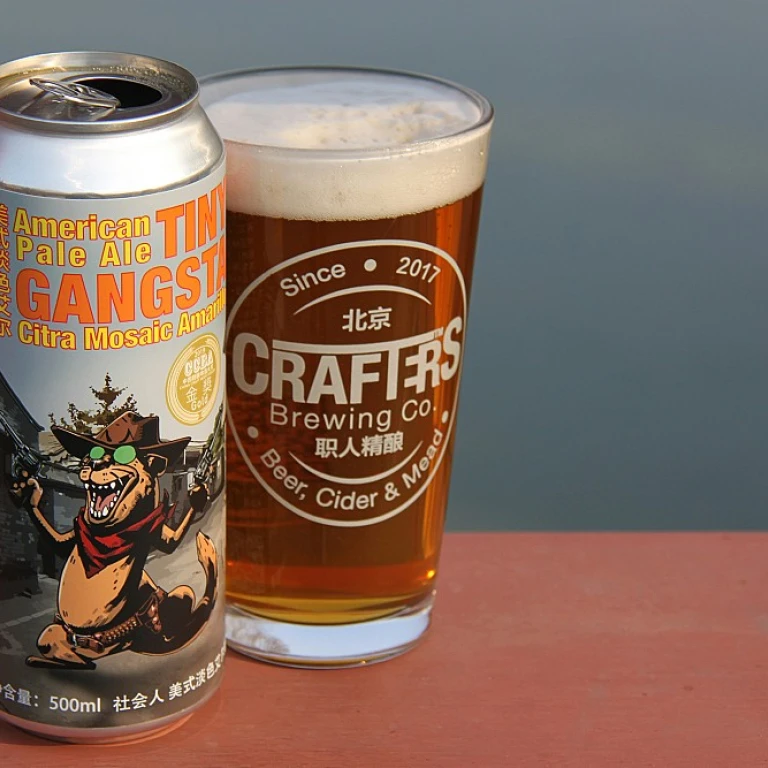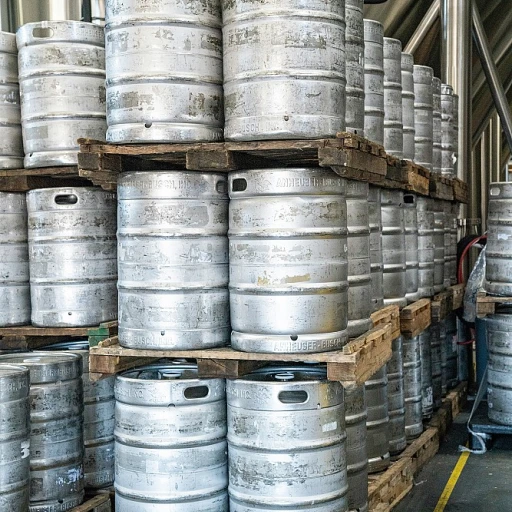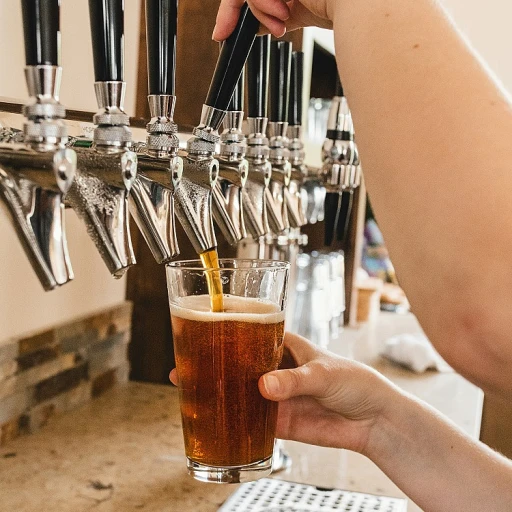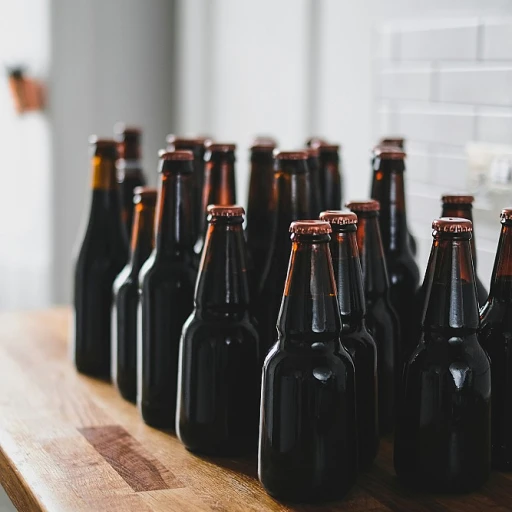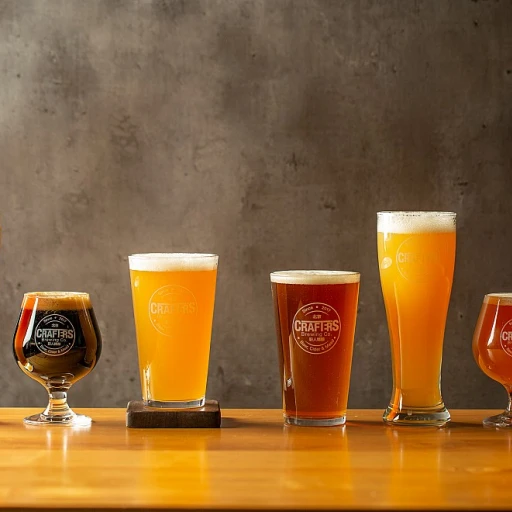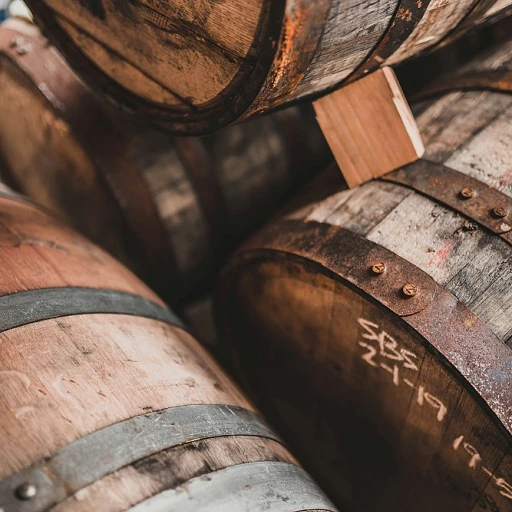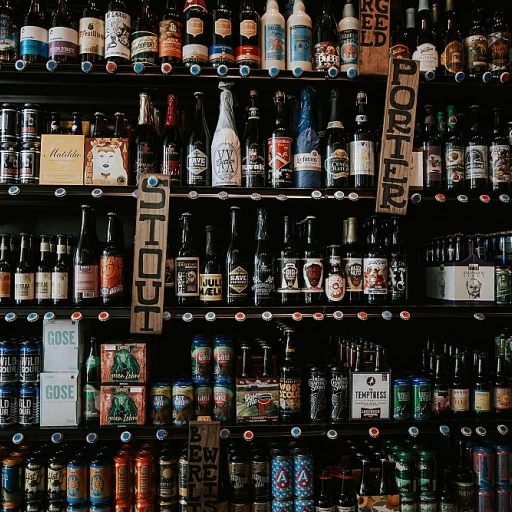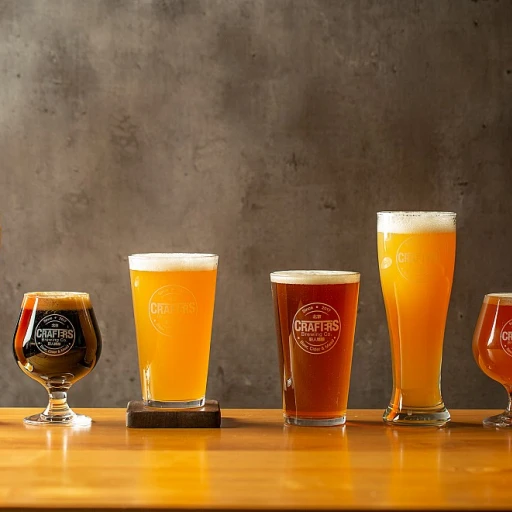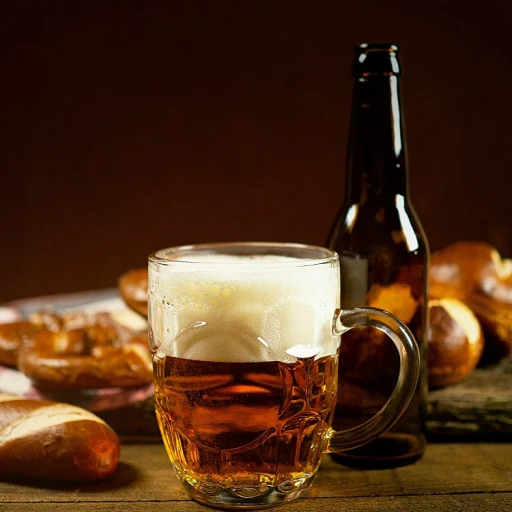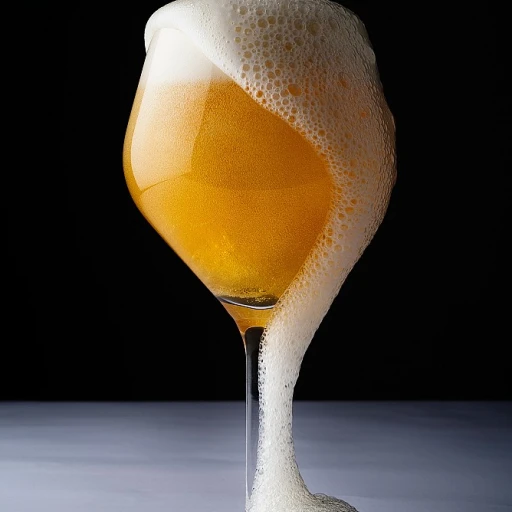
Understanding Beer Shelf Life
Grasping the Factors Influencing Beer Freshness
When you pick up a beer from the store or brewery, understanding its shelf life is vital for ensuring an enjoyable drinking experience. But what exactly affects how long beer lasts in your fridge?
Beer is a perishable product consisting of hops, malt, yeast, and water. Over time, these ingredients interact with each other and their environment, which can change the flavor and aroma of the beer. To truly appreciate the freshness of your beer, start by looking at the storage conditions and specific characteristics of the beer variety.
Factors like temperature stability, light exposure, and oxygen interaction can all influence how long beer remains fresh. Generally, your fridge provides a consistent and cold storage environment that helps prolong beer's shelf life. Additionally, specific beer styles store better than others, with higher alcohol content beers or those with significant hops generally keeping longer.
Normally, commercial beers have a 'best before' date on their labels, and they are usually crafted to be enjoyed fresh. However, some specialty or craft beers are meant to be aged. You might find more insights on such aging processes and what it means for your beer in exploring barrel-aged beers.
Best Practices for Storing Beer
Ideal Conditions for Optimal Freshness
Storing beer under the right conditions is crucial in preserving its taste and freshness. Beer requires a cool, dark place, and a fridge is a perfect setting to maintain this delicate balance. Generally, beers thrive in 45 to 55 degrees Fahrenheit range, which most refrigerators can easily provide.
Consideration of Beer Styles
Different types of beer react distinctively to storage conditions. While lagers and pale ales benefit from cooler temperatures, rich stouts and porters might appreciate a slightly higher temperature for optimal flavor. Craft beers, which often contain a variety of ingredients that may be sensitive to cold, require special attention to maintain their full flavor profile.
Avoid Exposure to Light and Oxygen
Exposure to direct light can result in skunky flavors, primarily in pale beers. Oxygen, on the other hand, accelerates the oxidation process, leading to off-flavors. To prevent these undesirable effects, it's advisable to store your beer in a dark area of the fridge and ensure bottles and cans are sealed tightly.
Signs Your Beer Has Gone Bad
Indications Your Brew Might Be Past Its Prime
While best practices for storing beer can prolong its freshness, it's crucial to recognize when your beer may no longer be at its best. Here are some key indicators that your beer might have gone bad:
- Off Smell: A sour or vinegar-like odor can mean the beer has been exposed to air or light for too long.
- Strange Flavor: A flat or cardboard-like taste might indicate that the beer has oxidized. Similarly, an overly sour flavor can signify unwanted yeast or bacterial contamination.
- Cloudy Appearance: While some beers are naturally cloudy, such as certain wheat beers, other types should be clear. Sediment or an unexpected cloudiness may be a sign of spoilage.
- Lack of Fizz: If there's an absence of carbonation upon opening, it's possible the beer is flat, which may point to age or improper sealing.
Recognizing these signs ensures you can enjoy your beer at its peak quality. Additionally, it's always beneficial to be informed about the differences between various packaging options, like bottles and cans. For a closer look into their impact on beer storage, check out this case of beer guide.
Comparing Bottled vs. Canned Beer
Key Differences Between Bottled and Canned Beer
When it comes to preserving the freshness of your beer in the fridge, the type of packaging plays a significant role. Bottled and canned beers have distinct characteristics that impact their shelf life and how they're affected by storage conditions.- Light Exposure: Bottled beers, particularly those in clear or green bottles, are more susceptible to light exposure. Light can cause a reaction known as "skunking," which gives the beer an unpleasant odor and taste. Cans, on the other hand, offer complete protection from light, keeping the beer inside fresher for longer.
- Oxygen Exposure: While both bottles and cans are designed to keep oxygen out, bottles typically have a small air gap between the beer and the cap. This can lead to increased oxidation over time, altering taste and aroma. Cans are more airtight and thus better at preventing oxidation.
- Portability and Durability: Cans are generally more durable than bottles and are less likely to break during transport. This makes them a preferable choice for outdoor activities, where maintaining the integrity of the beer is crucial.
- Eco-Friendliness: When considering environmental impact, cans have a slight edge over bottles. They are often easier to recycle, and the recycling process for aluminum has a lower carbon footprint compared to glass.
Craft Beer Storage Tips
Special Tips for Craft Beer Enthusiasts
When it comes to storing craft beer in the fridge, there are some unique considerations to keep your brews tasting as the brewer intended.
- Temperature Consistency: Craft beers often have complex flavors that can be affected by temperature fluctuations. Aim to maintain a consistent temperature in your fridge around 45°F (7°C), as this helps keep the flavors balanced and intact.
- Upright Positioning: Store craft beer bottles upright. This positioning helps minimize oxidation and prevents yeast sediment from collecting on the cap, which could alter the taste when poured.
- Avoid Light Exposure: Many craft beers are sensitive to light, which can cause skunking. To avoid this, keep your beers in a dark section of the fridge or consider using UV-protective wrapping if you’re storing them for an extended period.
- Limited Storage Duration: Craft beers, particularly IPAs and other hop-forward styles, are best consumed fresh. Try to enjoy these within 3-6 months of purchase, as the flavors can degrade over time.
Following these tips will ensure that when you open your next craft beer, you'll enjoy it just as the brewer intended. Keep experimenting with storage techniques to find what best preserves your favorite styles and flavors.

